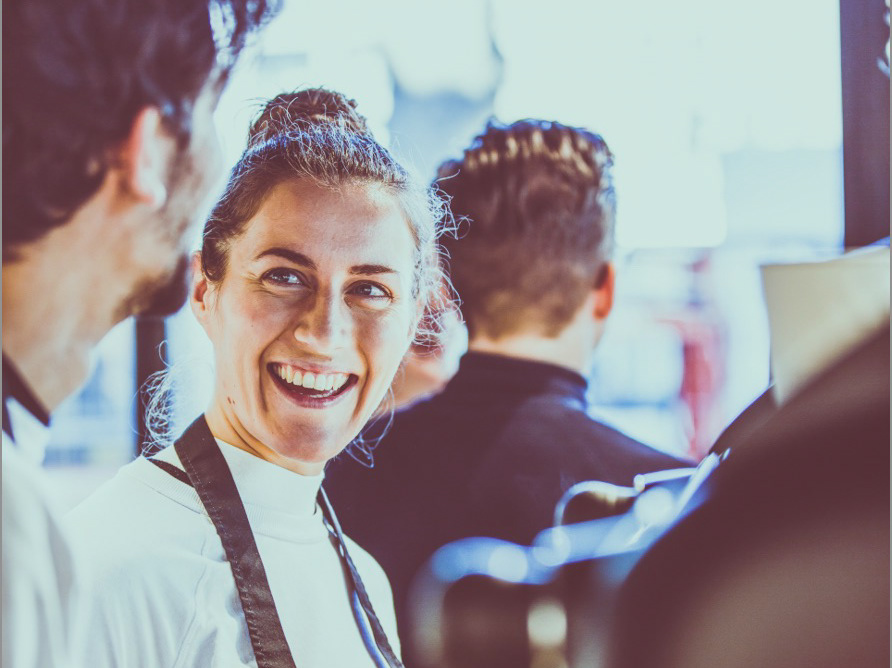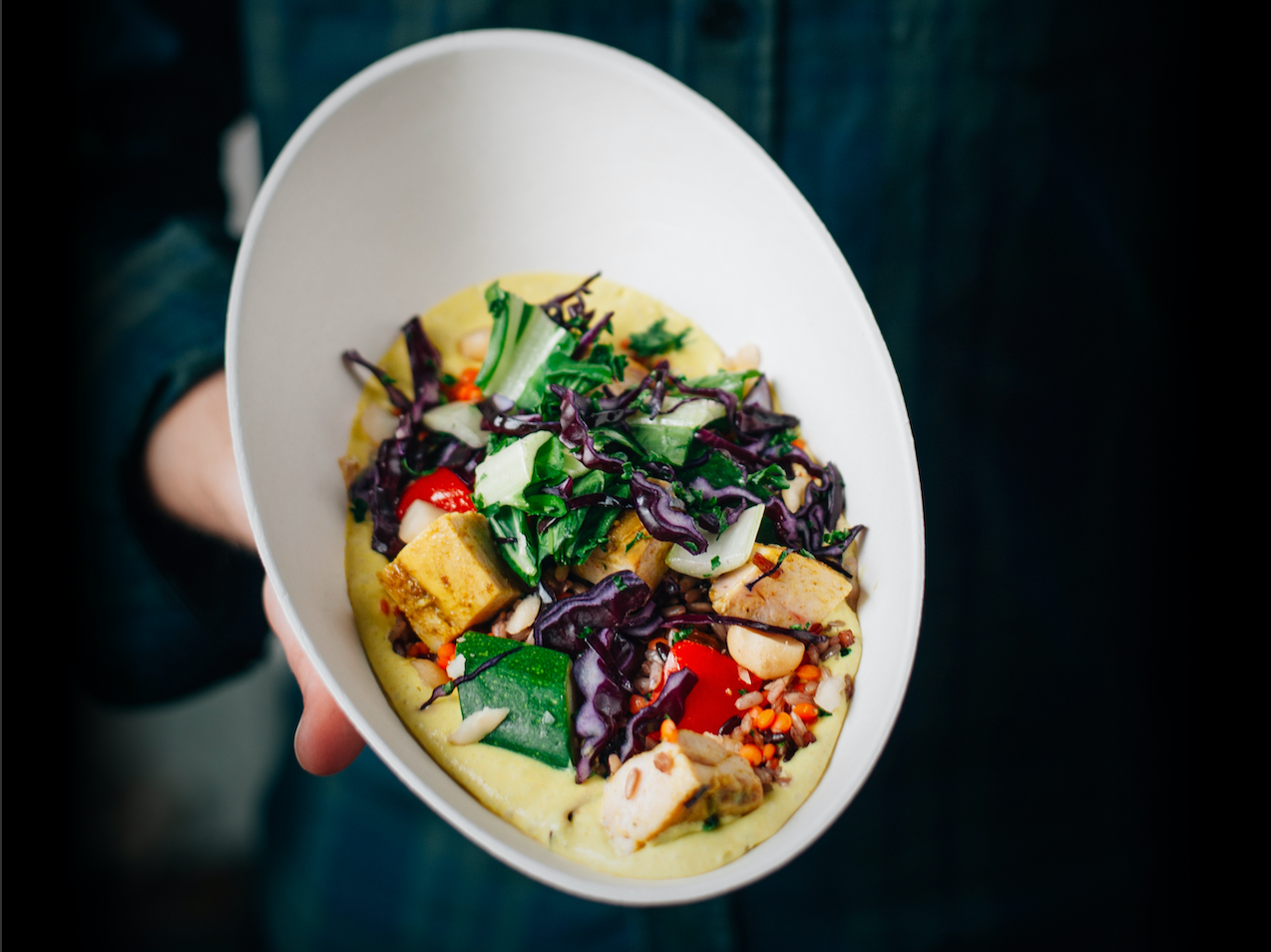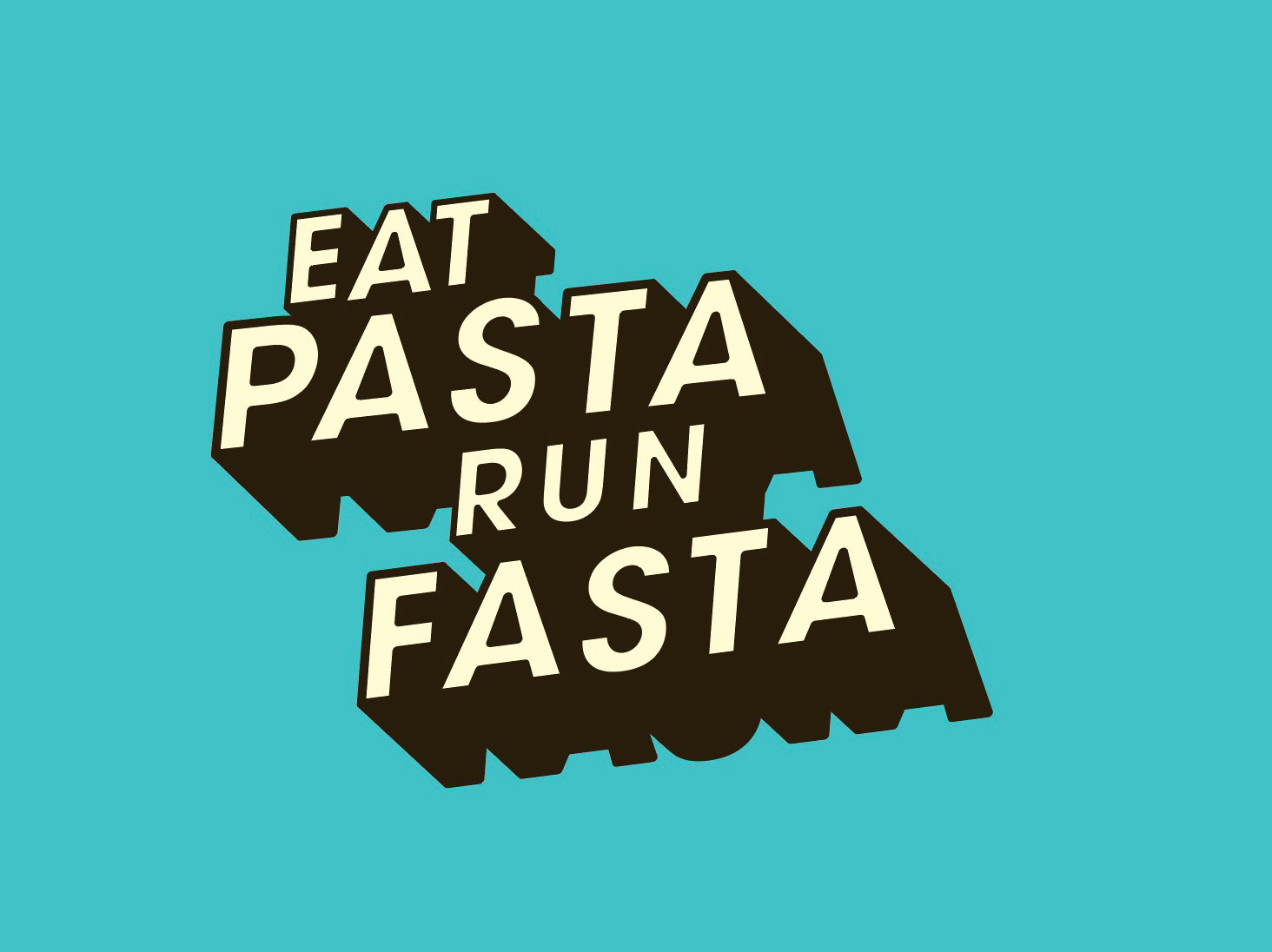Briefing
Self-expression through food.
What was once a source of energy for people to get through the day, is now a vehicle for self-expression, a point of pride, a political statement or a declaration of identity.
A consumer revolution is quietly taking peace. One you won’t see people shouting about in the shopping aisles, but it is happening nonetheless. Gen Z and Millennial generations grew up knowing that food is much more than sustenance; food represents culture and therefore is an expression of who they are. Arguably with as much interest, creative flare and personality as in the fashion industry. From healthy eating and the explosion of food photography on social media, to our desire to entertain other through cooking, food is today’s hottest social currency. Through it, we tell other about ourselves.
Research found that 6 in 10 of us eat fresher, lighter food than we did five years ago. Heavy sauces are out, while simple ingredients and uncluttered dishes are in.
Our words, thoughts, possessions are all modes of self-expression, all clues illuminating the labyrinthine plan of our identities. Everyone needs to express themselves because it is a core process that helps us who we are and who we hope to become. While the most satisfying vehicle for expression is often the work of one’s career, we can’t deny the leading role that symbols in the marketplace play in our persistent need to express individuality. Clothes, company and brand logos were among the most recognisable symbols in public life we use to give meaning to our identities. But there is a new addition to this list, we increasingly express ourselves through food too.
Expressing yourself through food is not just about how your plate looks. It goes far deeper. As we become increasingly mindful of our own health, the wellbeing of our family and that of the planet - healthy eating is no longer a bolt-on how we live - it’s an integral part of who we are. And with more than 70% of us regarding healthy eating as part of our identity, it’s nog longer something to be coy about. Research found that six in 10 of us eat fresher, lighter foods than we did five years a go. Heavy sauces are out, while simple ingredients and uncluttered dishes are in. Once healthy healthy food was deemed bland and unimaginative. Today people are more likely to perceive healthy food as tasty and tasty food as healthy.
Almost 44% of us make 'a lot' or 'slightly' more effort with our cooking if we think a photo may be posted on social media.
Another intriguing insight, is how the rise of social media has changed our relationship with food. Literally. The development of the popularity of food photography is an obvious form that's highly apparent across all social channels. At the time of writing, #foodporn on Instagram currently groups 109,532,828 images of mouthwatering food pics, contributed by brands and consumers alike.
It looks like the kitchen island has become the stage for cooks at home. Almost 44% of us make ‘a lot’ or ‘slightly’ more effort with our cooking if we think a photo may be posted on social media. One in five has posted a picture of their food on social media, or sent a snap to a friend - in the past month. Restaurants and food service are getting in the act, too. They tend to have one dish on the menu that is really ‘Instagrammable’ and people often go to a specific restaurant just to say they’ve had that dish. On the other hand, predominantly 45- to 54-year-olds - are concerned that social media prevents us from living in the moment and engaging with our eating companions.
Last year, we’ve seen vegan food go mainstream. Whether cooking at home, buying prepared food or trying the many newly vegan-(friendly) restaurants. Attitudes about what it means to be vegetarian or vegan are changing, with some people taking an increasingly pragmatic approach. There was a time when choosing a plant-based diet was about taking an ethical stand based on unwavering principles. For many, this distinction between vegetarians and meat-eaters still exists - but for others, the lines have blurred. Almost one in two of us identify as ‘flexitarian’ (semi-vegetarian) only eating meat ‘at weekends’, occasionally or ‘on special occasions’. Vegetarianism has grown and evolved - you can dip in and out of it.
So, we have become a nation of food curators, telling the world about who we are via our food choices, through the lens of social media. But what does this mean for the food service industry, retail and food brands. The brands GenZs and Millennials follow and consume should give people product experiences, content and experiences that act as extensions of their own idyllic self-expression. And because these generations are so influenced by their peers, sharing great experiences prompts their followers to want to experience the same thing.
A 'Unicorn' Soft Serve Ice Cream
The shift towards the use of food for self-expression, coupled with a constant thirst for inspiration, has created a key moment opportunity for brands and food retailers looking to engage with their consumers on an psychological level. If consumers are happy to use food brands to reflect their own identity, values and tastes, a powerful connection can be made, placing a food brand at the heart of a consumer's lifestyle. What a better approach to capture the consumers' hearts and imaginations than with far fetched alchemic potions to conjure up sentiment and emotion between the consumer and brand.







